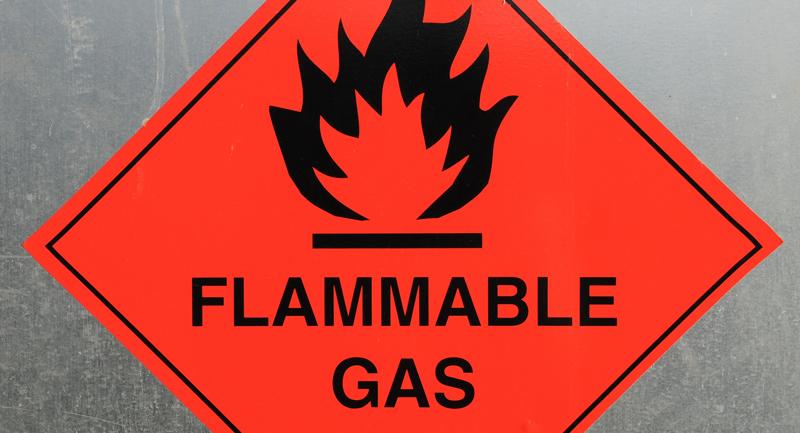A household light switch may emit a small, harmless visible spark when switching. In an ordinary atmosphere this arc is of no concern, but if a flammable vapour is present, the arc might start an explosion. Electrical equipment intended for use in a chemical factory, Oil refinery, Flour or Grain mill is designed either to contain any explosion within the device, or is designed not to produce sparks with sufficient energy to trigger an explosion.
Did you know that flour (grain), white/granulated sugar and cocoa are highly explosive and come under the heading of “combustible dusts”? Some of the worst industrial explosions have been due to combustible dusts. Other examples include coal and citric acid.
Definition: Hazardous Area
This definition for a hazardous area comes from AS/NZS 3000 Clause 1.4.11.
“Area in which an explosive atmosphere is present, or may be expected to be present, in quantities such as to require special precautions for the construction, installation and use of equipment [AS/NZS 60079.0].”
In electrical engineering, Hazardous Areas are defined as places where fire or explosion hazards may exist due to flammable gases, flammable liquid–produced vapours, combustible liquid–produced vapours, combustible dusts, or ignitable fibres/flyings present in the air in quantities sufficient to produce explosive or ignitable mixtures. Electrical equipment that must be installed in such classified locations should be specially designed and tested to ensure it does not initiate an explosion, due to arcing contacts or high surface temperature of equipment.
Hazardous Area classification divides areas in to Zones based on the likely frequency and duration of a release, release rate, concentration, velocity and ventilation of the area. Hazardous area classification zones include:
- Flammable Gas and Vapour atmospheres (Group II) Zone 0, 1, 2.
- Combustible dust atmospheres (Group III) Zones 20, 21, 22.
But this is not the whole picture
Technical standards were developed to identify the features of electrical apparatus that would prevent electrical initiation of explosions due to energy or thermal effects. Several physical methods of protection are used. For example, the apparatus may be designed to prevent entry of flammable gas (Exd Flame Proof) or dust (Exe Increased Safety) into the interior. The apparatus may be strong enough to contain and cool any combustion gases produced internally. Or, electrical devices may be designed so that they cannot produce a spark strong enough (i.e. – Intrinsic Barriers) or temperatures high enough (Temperature classification (T) Rating) to ignite a specified hazardous gas.
It is rarely possible by simple examination of a plant or plant design, without extensive experience, to decide which parts of the plant are hazardous areas. More detailed information is necessary and this involves the analysis of the basic properties of the materials present and the possibility of a release occurring. Hazardous area classification is a specialist area
Athenry Electrical has qualified staff to classify and design any potential explosive area along with installation and maintenance of all necessary apparatus installed within these areas.
09 273 7325
www.ATHENRYELECTRICAL.CO.NZ



